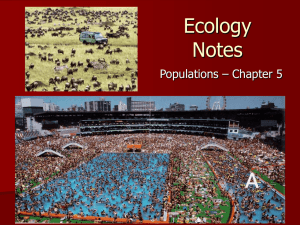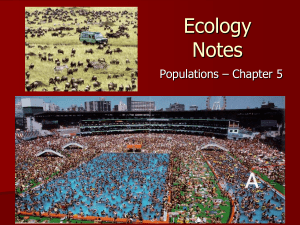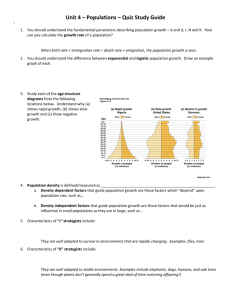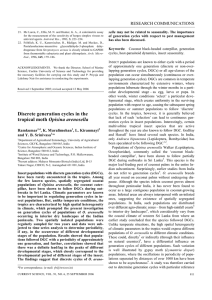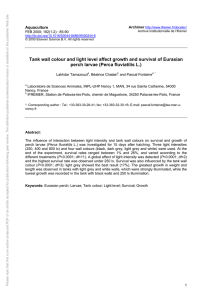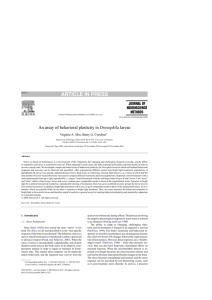Southern Pygmy Perch Nannoperca australis DESCRIPTION AND CHARACTERISTICS
advertisement
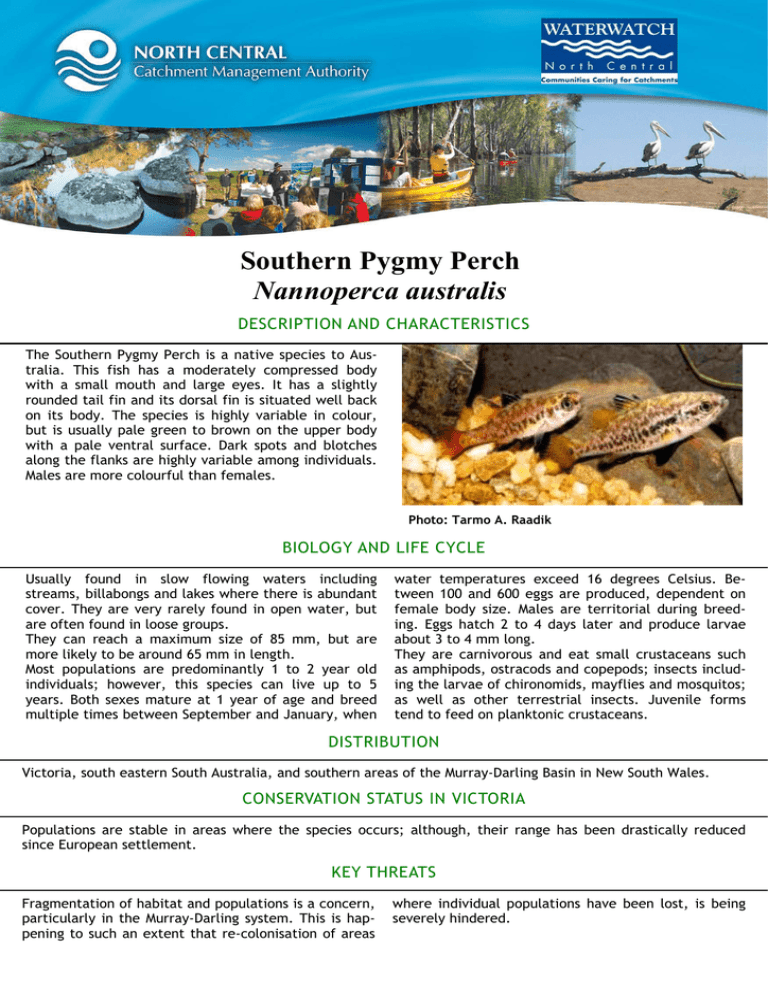
Southern Pygmy Perch Nannoperca australis DESCRIPTION AND CHARACTERISTICS The Southern Pygmy Perch is a native species to Australia. This fish has a moderately compressed body with a small mouth and large eyes. It has a slightly rounded tail fin and its dorsal fin is situated well back on its body. The species is highly variable in colour, but is usually pale green to brown on the upper body with a pale ventral surface. Dark spots and blotches along the flanks are highly variable among individuals. Males are more colourful than females. Photo: Tarmo A. Raadik BIOLOGY AND LIFE CYCLE Usually found in slow flowing waters including streams, billabongs and lakes where there is abundant cover. They are very rarely found in open water, but are often found in loose groups. They can reach a maximum size of 85 mm, but are more likely to be around 65 mm in length. Most populations are predominantly 1 to 2 year old individuals; however, this species can live up to 5 years. Both sexes mature at 1 year of age and breed multiple times between September and January, when water temperatures exceed 16 degrees Celsius. Between 100 and 600 eggs are produced, dependent on female body size. Males are territorial during breeding. Eggs hatch 2 to 4 days later and produce larvae about 3 to 4 mm long. They are carnivorous and eat small crustaceans such as amphipods, ostracods and copepods; insects including the larvae of chironomids, mayflies and mosquitos; as well as other terrestrial insects. Juvenile forms tend to feed on planktonic crustaceans. DISTRIBUTION Victoria, south eastern South Australia, and southern areas of the Murray-Darling Basin in New South Wales. CONSERVATION STATUS IN VICTORIA Populations are stable in areas where the species occurs; although, their range has been drastically reduced since European settlement. KEY THREATS Fragmentation of habitat and populations is a concern, particularly in the Murray-Darling system. This is happening to such an extent that re-colonisation of areas where individual populations have been lost, is being severely hindered.


